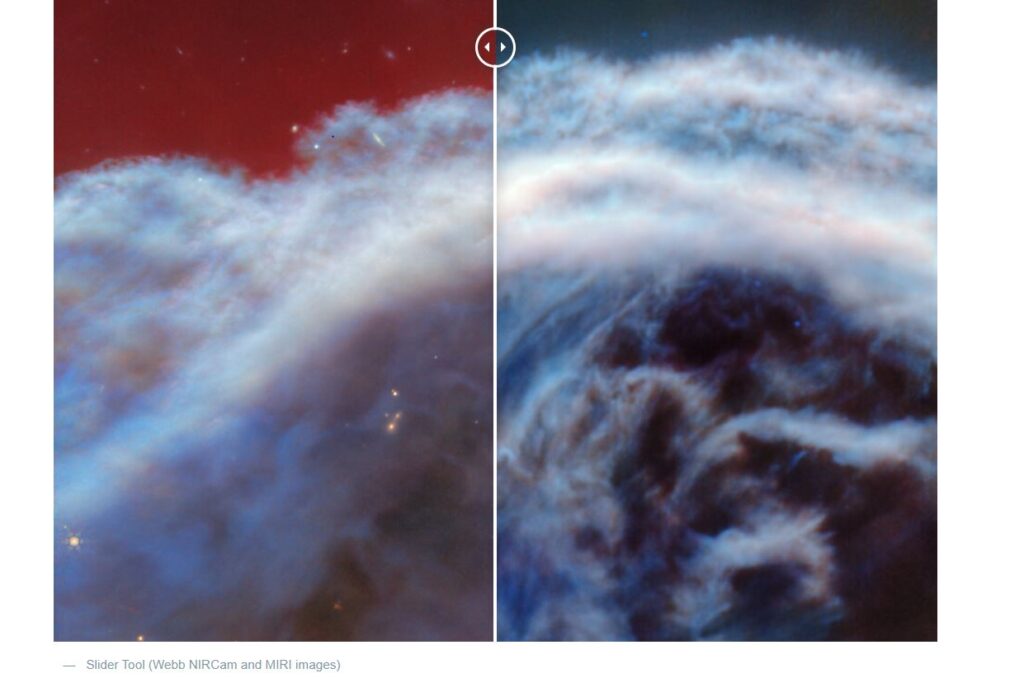
Teams of astronomers used the combined power of NASA’s Hubble and James Webb space telescopes to revisit the legendary Vega disk.
In the 1997 movie “Contact,” adapted from Carl Sagan’s 1985 novel, the lead character scientist Ellie Arroway (played by actor Jodi Foster) takes a space-alien-built wormhole ride to the star Vega. She emerges inside a snowstorm of debris encircling the star — but no obvious planets are visible.
It looks like the filmmakers got it right.
A team of astronomers at the University of Arizona, Tucson used NASA’s Hubble and James Webb space telescopes for an unprecedented in-depth look at the nearly 100-billion-mile-diameter debris disk encircling Vega. “Between the Hubble and Webb telescopes, you get this very clear view of Vega...
Read More









Recent Comments